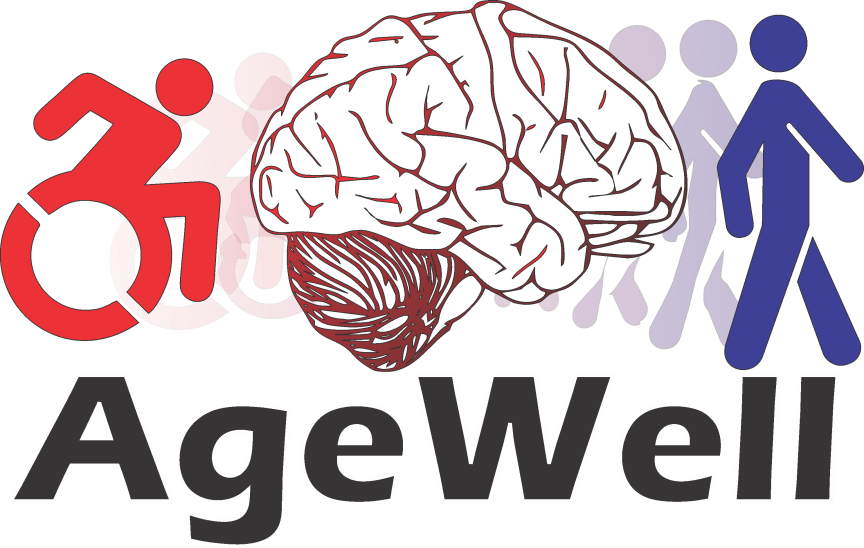
Answering the challenges of the addressed call, Action 1.1.4. Attracting high-level personnel from abroad in order to enhance the RD capacity, AgeWell defines its specific objectives:
(O1) Systematic development of a family of robotic devices for rehabilitation specific tasks in accordance with relevant medical protocols and the achievement of the geometrical, kinematic, dynamic and haptic feedback models for this family of robots.
Outcomes: Several innovative structures adapted to specific rehabilitation demands, with focus on each process stage: acute post-stroke, long term treatment in day care centres and long term training and exercising in home environment.
(O2) The setup of a pole of innovation of high scientific level with European relevance, integrating researchers under the coordination of a renowned specialist from abroad.
Outcomes: Setup of an interdisciplinary team of specialists including mechanical and electrical engineers and physicians, ranging from highly trained personnel with experience in medical robotics to new researchers integrated as doctoral and post-doctoral researchers.
(O3) The development of the user interface according to medical protocols, social and age acceptance and adaptation to limited degree of mobility and IT skills for the users
Outcomes: Customizable multi-level user interface for each stage of the rehabilitation process with stimulating visual and audible elements and setups according to the level of disability
(O4) The development of the control and actuation system, the haptic feedback and master-slave strategies for the training of the disabled limbs
Outcomes: Control and actuation system with adequate safety protocols, haptic feedback solutions and master-slave strategies adapted to different levels of limb disabilities and overall patient health state
(O5) Design and development of lower and upper limb specific solutions as experimental models of the AgeWell robotic system
Outcomes: Experimental models for devices for the lower and upper limb rehabilitation process
(O6) Validation of the fully functional solutions in an experimental stage and their development for technological transfer towards industry
Outcomes: Validated robotic systems for the rehabilitation of the upper and lower limbs in each stage of the recovery process and their preparation for technologic transfer
(O7) The increase of the team visibility on national and international level through high level scientific publications and patents, extend the competences of the research team, the adhesion to international technological alliances and attraction of additional funding for robotic rehabilitation through European and national grants.
Outcomes: Relevant number of publications in well-known international journals with impact factor, renowned conferences and congresses, and new research grants.



